"African Linsang Pictures and Facts." The Website of Everything. Retrieved on April 15, 2014.
- Available at: http://thewebsiteofeverything.com/animals/mammals/Carnivora/Viverridae/Poiana/Poiana-richardsonii.html
"African Linsang (Poiana richardsonii)." ARKive: Species>Mammals. Retrieved on April 15, 2014.
- Available at: http://www.arkive.org/african-linsang/poiana-richardsonii/
"African Linsang, Poiana richardsonii." redOrbit Reference Library Mammals. Retrieved on April 15, 2014.
- Available at: http://www.redorbit.com/education/reference_library/animal_kingdom/mammalia/1112643881/african-linsang-poiana-richardsonii/
Allen, J.A. (Joel Asaph). 1922 - 1925. "Carnivora Collected by the American Museum Congo Expedition." Bulletin of the American Museum of Natural History, Vol. XLVII: 73 - 282. Retrieved on April 15, 2014.
- Available via Internet Archive at: https://archive.org/stream/bulletinamerican47ameruoft#page/73/mode/1up
Allen, William, and T.R.H. Thomson. 1968. A Narrative of the Expedition Sent by Her Majesty's Government to the River Niger in 1841 under the Command of Captain H.D. Trotter. In two volumes. Volume I. First edition: 1848; new impression: 1968. London: Frank Cass and Company Ltd. Retrieved on April 15, 2014.
- Available via Internet Archive at: https://archive.org/details/narrativeofexped01alle
Allen, William, and T.R.H. Thomson. 1968. A Narrative of the Expedition Sent by Her Majesty's Government to the River Niger in 1841 under the Command of Captain H.D. Trotter. In two volumes. Volume I. First edition: 1848; new impression: 1968. London: Frank Cass and Company Ltd. Retrieved on April 15, 2014.
- Available via Internet Archive at: https://archive.org/details/narrativeofexped02alle
Bisby, F.A.; Roskov, Y.R.; Orrell, T.M.; Nicolson, D.; Paglinawan, L.E.; Bailly, N.; Kirk, P.M.; Bourgoin, T.; Baillargeon, G.; and Ouvrard, D. (red.). 2011. "Poiana richardsonii." Species 2000 & ITIS Catalogue of Life: 2011 Annual Checklist. Reading, UK.Retrieved on April 15, 2014.
- Available at: http://www.catalogueoflife.org/annual-checklist/2011/search/all/key/poiana+richardsonii/match/1
Boelens, Bo; Watkins, Michael; and Grayson, Michael. 2009. The Eponym Dictionary of Mammals. JHU Press.
Boudet, Ch. 10 January 2009. "Species Sheet: African Linsang, Richardson's Linsang, Central African Linsang, Central African Oyan, Oyan." Mammals' Planet: Vs n°4, 04/2010. Retrieved on April 15, 2014.
- Available at: http://www.planet-mammiferes.org/drupal/en/node/38?indice=Poiana+richardsonii
Boudet, Ch. 10 January 2009. "Subspecies Sheet: Western Central African Linsang." Mammals' Planet: Vs n°4, 04/2010. Retrieved on April 15, 2014.
- Available at: http://www.planet-mammiferes.org/drupal/en/node/39?indice=Poiana+richardsonii+richardsonii
Boudet, Ch. 10 January 2009. "Subspecies Sheet: Eastern Central African Linsang." Mammals' Planet: Vs n°4, 04/2010. Retrieved on April 15, 2014.
- Available at: http://www.planet-mammiferes.org/drupal/en/node/39?indice=Poiana+richardsonii+ochracea
Driver, Stephanie (ed.). 2008. Exploring Mammals. Tarrytown, NY: Marshall Cavendish Corporation.
Duff, Andrew; and Lawson, Ann. 2004. Mammals of the World: A Checklist. Yale University Press.
Gillette, Corinna. "Poiana richardsonii - African Linsang (On-line)." Animal Diversity Web. University of Michigan Museum of Zoology. Retrieved on April 15, 2014.
- Available at: http://animaldiversity.ummz.umich.edu/accounts/Poiana_richardsonii/
Harrington, R.; Berghaier, R.; Hearn, G. 2002. "The Status of Carnivores on Bioko Island, Equatorial Guinea." Small Carnivore Conservation 27:19-22.
Hunt, Robert M., Jr. 2001. "Basicranial Anatomy of the Living Linsangs Prionodon and Poiana (Mammalia, Carnivora, Viverridae), with Comments on the Early Evolution of Aeluroid Carnivorans." American Museum Novitates, No. 3330 (April 26, 2001): 1 - 24.
- Available at: http://digitallibrary.amnh.org/dspace/handle/2246/2947?show=full
Hunter, Luke; and Barrett, Priscilla. 2011. A Field Guide to the Carnivores of the World. London, Cape Town, Sydney, Auckland: New Holland Publishers (UK) Ltd.
Jennings, A. P.; and Veron, J. 2009. "Family Viverridae (Civets, Genets, and Oyans)." In: Don E. Wilson and Russel Mittermeier (Hrsg.) Handbook of the Mammals of the World Volume 1: Carnivores. Lynx Edicions.
Jukofsky, Diane for the Rainforest Alliance. 2002. Encyclopedia of Rainforests. Westport, CT: Oryx Press.
Kingdon, Jonathon; Happold, David; Butynski, Thomas; Hoffmann, Michael; Happold, Meredith; and Jan Kalina (eds.). 2013. Mammals of Africa, Volume 5: Carnivores, Pangolins, Equids and Rhinoceroses, edited by Jonathan Kingdon and Michael Hoffmann. Bloomsbury Publishing.
Kondo, H.; Tesar, J.; Cloud, D.; Kagan, L. (eds.). 1972. Civets, Genets, and Linsangs, Vol. 2, 3rd Edition. Milan: Fratelli Fabbri Editori.
Larivière, Serge. 2004. "African Linsang: Poiana richardsonii." P. 341 in Grzimek's Animal Life Encyclopedia, Second Edition. Volume 14: Mammals III, edited by Michael Hutchins, Devra G. Kleiman, Valerius Geist, and Melissa C. McDade. Farmington Hills, MI: Gale Group, Inc., division of Thomson Learning Inc.
"Linsang." Encyclopaedia Britannica, Inc. Retrieved on April 15, 2014.
- Available at: http://www.britannica.com/EBchecked/topic/342612/linsang
Myers, P.; Espinosa, R.; Parr, C.S.; Jones, T.; Hammond, G.S.; and T. A. Dewey. 2014. "Poiana richardsonii: African Linsang (On-line)." The Animal Diversity Web. University of Michigan Museum of Zoology. Retrieved on April 15, 2014.
- Available at: http://animaldiversity.ummz.umich.edu/accounts/Poiana_richardsonii/pictures/
Nowak, Ronald M. 1999. Walker's Mammals of the World, Sixth Edition. Volume I. Baltimore: Johns Hopkins University Press.
"Poiana richardsonii." The Marine Biological Laboratory Universal Biological Indexer and Organizer NamebankID 2478478. Retrieved on April 15, 2014.
- Available at: http://www.ubio.org/browser/details.php?namebankID=2478478
"Poiana richardsonii." The National Center for Biotechnology Information: Taxonomy ID205654. Retrieved on April 15, 2014.
- Available at: http://www.ncbi.nlm.nih.gov/Taxonomy/Browser/wwwtax.cgi?lin=s&p=has_linkout&id=205654
"Poiana richardsonii: African Linsang." Encyclopedia of Life. Retrieved on April 15, 2014.
- Available at: http://eol.org/pages/328102/details
"Poiana richardsonii (African Linsang)." ZipcodeZoo: Species Identifier 128456. Retrieved on April 15, 2014.
- Available at: http://zipcodezoo.com/animals/p/poiana_richardsonii/
Rosevear, Donovan Reginald. 1974. The Carnivores of West Africa. London: British Museum (Natural History). Retrieved on April 15, 2014.
- Available at: http://www.biodiversitylibrary.org/item/35416#page/7/mode/1up
Thomas, O. 1907. Annals and Magazine of Natural History (7) xix: 372.
Thomson, T.R.H. 1842. Annals and Magazine of Natural History ser. 1(10):204.
Van Rompaey, H.; Gaubert, P.; and Hoffmann, M. 2008. "Poiana richardsonii." In: IUCN 2013. International Union for Conservation of Nature and Natural Resources Red List of Threatened Species. Version 2013.2. Retrieved on April 15, 2014.
- Available at: http://www.iucnredlist.org/details/41704/0
Veron, Geraldine. 6 September 2010. "Phylogeny of the Viverridae and 'Viverrid-like' feliforms." Pp. 64-91 in Carnivoran Evolution: New Views on Phylogeny, Form and Function, edited by Anjali Goswami and Anthony Friscia. Cambridge University Press: Cambridge Studies in Morphology and Molecules: New Paradigms in Evolutionary Bio.
Wilson, Don E.; and Reeder, DeeAnn M. (editors). 2005. Mammal Species
of the World: A Taxonomic and Geographic Reference (3rd ed), Johns Hopkins University Press.
Wrobel, Murray (Editor). 2007. Elsevier's Dictionary of Mammals: Latin English German French Italian. Oxford, U.K.: Elsevier B.V.


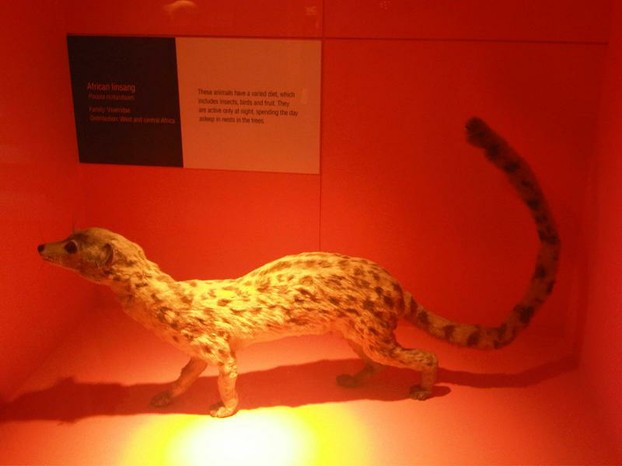
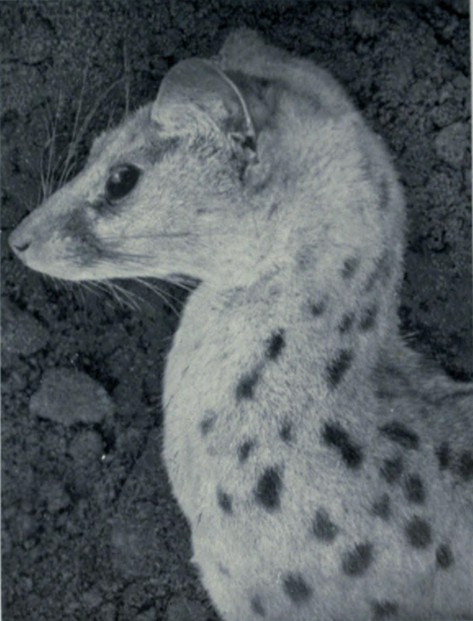
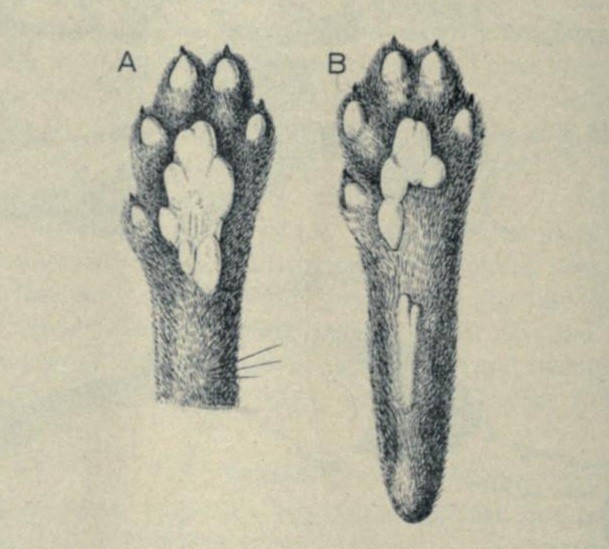
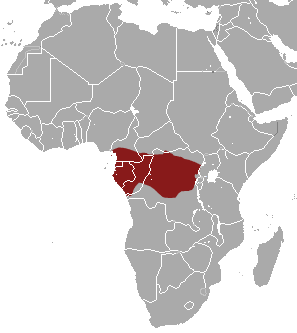
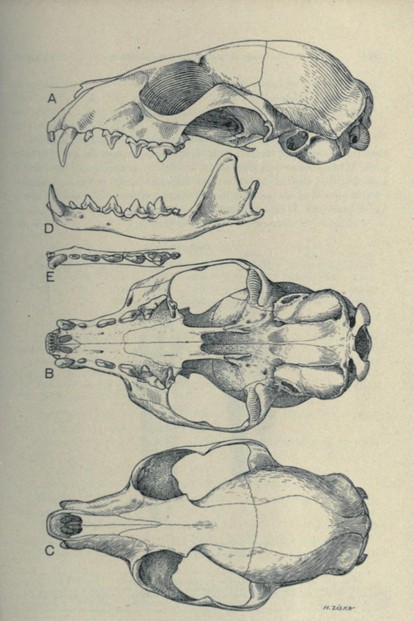
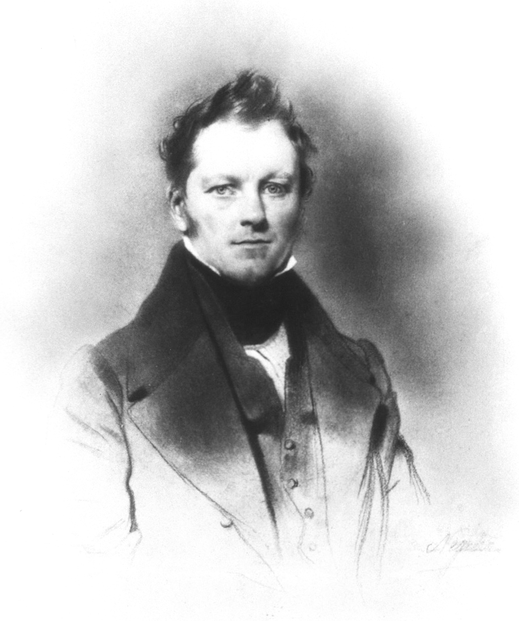
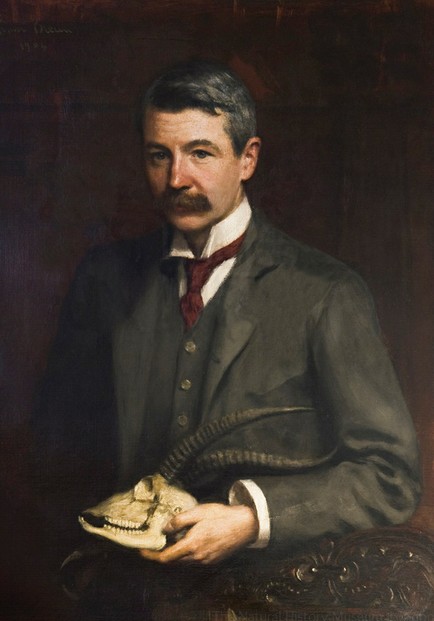
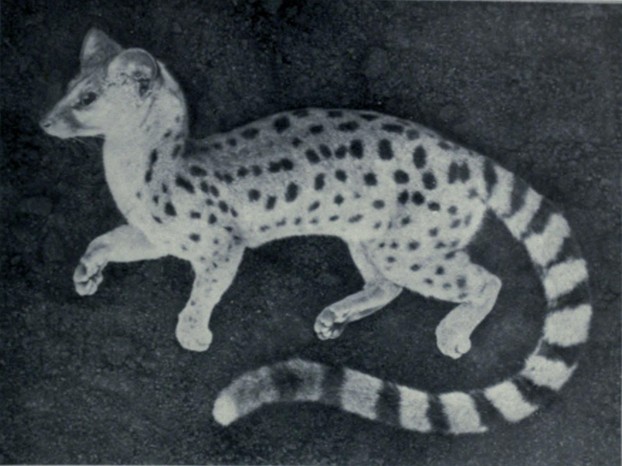
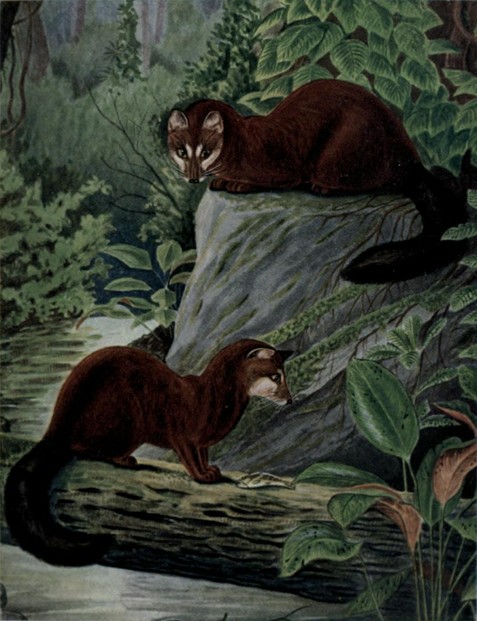
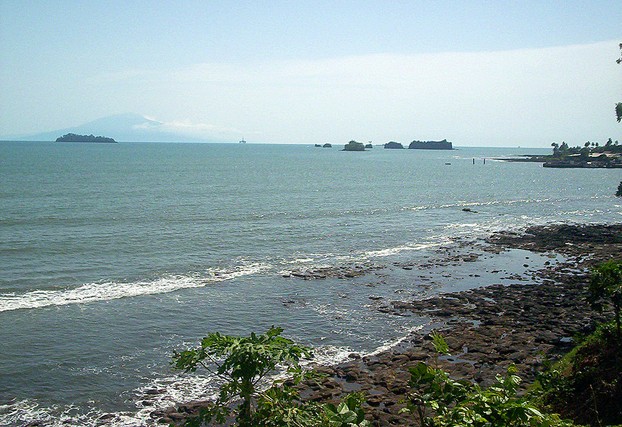



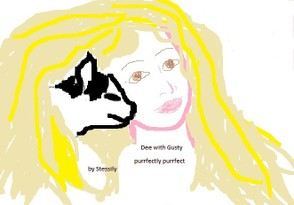
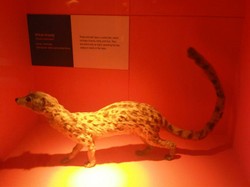

 Mailing Addresses for 2023 Form 4868 Extending 1040 and 1040SR April 15, 2024, Due Date2 days ago
Mailing Addresses for 2023 Form 4868 Extending 1040 and 1040SR April 15, 2024, Due Date2 days ago
 Mailing Addresses for 2023 Forms 1040 and 1040SR Filed in 20242 days ago
Mailing Addresses for 2023 Forms 1040 and 1040SR Filed in 20242 days ago
 Mailing Addresses for 2022 Form 4868 Extending 1040 and 1040SR April 18, 2023, Due Dateon 04/13/2023
Mailing Addresses for 2022 Form 4868 Extending 1040 and 1040SR April 18, 2023, Due Dateon 04/13/2023
 Mailing Addresses for 2022 Forms 1040 and 1040SR Filed in 2023on 04/13/2023
Mailing Addresses for 2022 Forms 1040 and 1040SR Filed in 2023on 04/13/2023


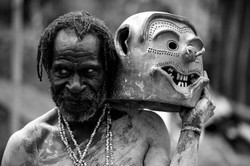
Comments
Mira, Thank you! Whenever possible, I like to include images -- such as botanical or zoological illustrations -- which were created around the time of the scientist's description, or as close to that time as possible, in order to recapture the atmosphere of those times. I'm glad that you appreciate the images selected for my articles.
It's also my way of honoring illustrators from bygone times; quite a few of them have faded, sadly, into obscurity, so that sometimes not even their full names -- nor their birth or death dates -- are discernible.
Yes, you're doing a great job reminding people of these scientists. I love that you include photos. Reminds me of old books and magazines, with plenty of period photos/portraits. They're gone from nature books, travel books, etc.
Mira, Me, too, I am fascinated with the microcosm, visible via microscopes, and the macrocosm, visible to the eyes, unaided, or aided via glasses (!) or telescopes.
Thank you for asking about Poiana's etymology. Your appreciation of nature is greatly appreciated. :-)
A particular interest for me is the origins of scientific names, especially those honoring nature lovers whose stories have faded or been lost over time.
Yes, you're so right. I, too, think that artists derive inspiration from lesser-known images of the natural world, as you say. Life through a microscope and cosmic images are fascinating, too.
I now see where Poiana as a genus name came from :). Thank you :)
Mira, "computer-generated imagery and invented imagery at that" ~ :-)
It's my understanding that the inspiration for alien creatures in film comes from the amazing parade of fauna on this planet, such as closeups of insects' eyes, etc. It's easy to have thoughts of strangeness, of exoticism, for creatures which live out their lives, away from "civilization," in lesser known reaches of the earth. It's exciting that the Age of Exploration has never really ended.
The genus name "Poiana" is thought to be derived from Fernando Póo Island, now known as Bioko, which is the type locality for the genus. The island's previous name honors 15th century Portuguese explorer and navigator Fernão do Pó, who discovered islands in the Gulf of Guinea in 1472.
"Clearing" is such a lovely meaning in Romanian.
They look so strange to me, I keep thinking of computer-generated imagery, and invented imagery at that. Next thing I'm thinking, after reading some of your recent articles, is that they live in Australia. Neither is the case. So then I'm shocked at how foreign so much of nature seems to me. We know so very little of the life on this earth. The name linsang does ring a bell though. Probably came across it at some point somewhere. But where does Poiana come from? In Romanian "poiana" means clearing -- as in a forest.
I'm surprised at their dappled skin, but you're right, it's great camouflage.
cmoneyspinner, Such an honor that your first view of a taxidermical African linsang happened here! Thank you for pinning this on your Mother Africa board on Pinterest.
WOW! Out of all the stuffed animals I've seen, I don't think I've ever seen a Central-Northwest African linsang. Pinning this to my Mother Africa board on Pinterest.